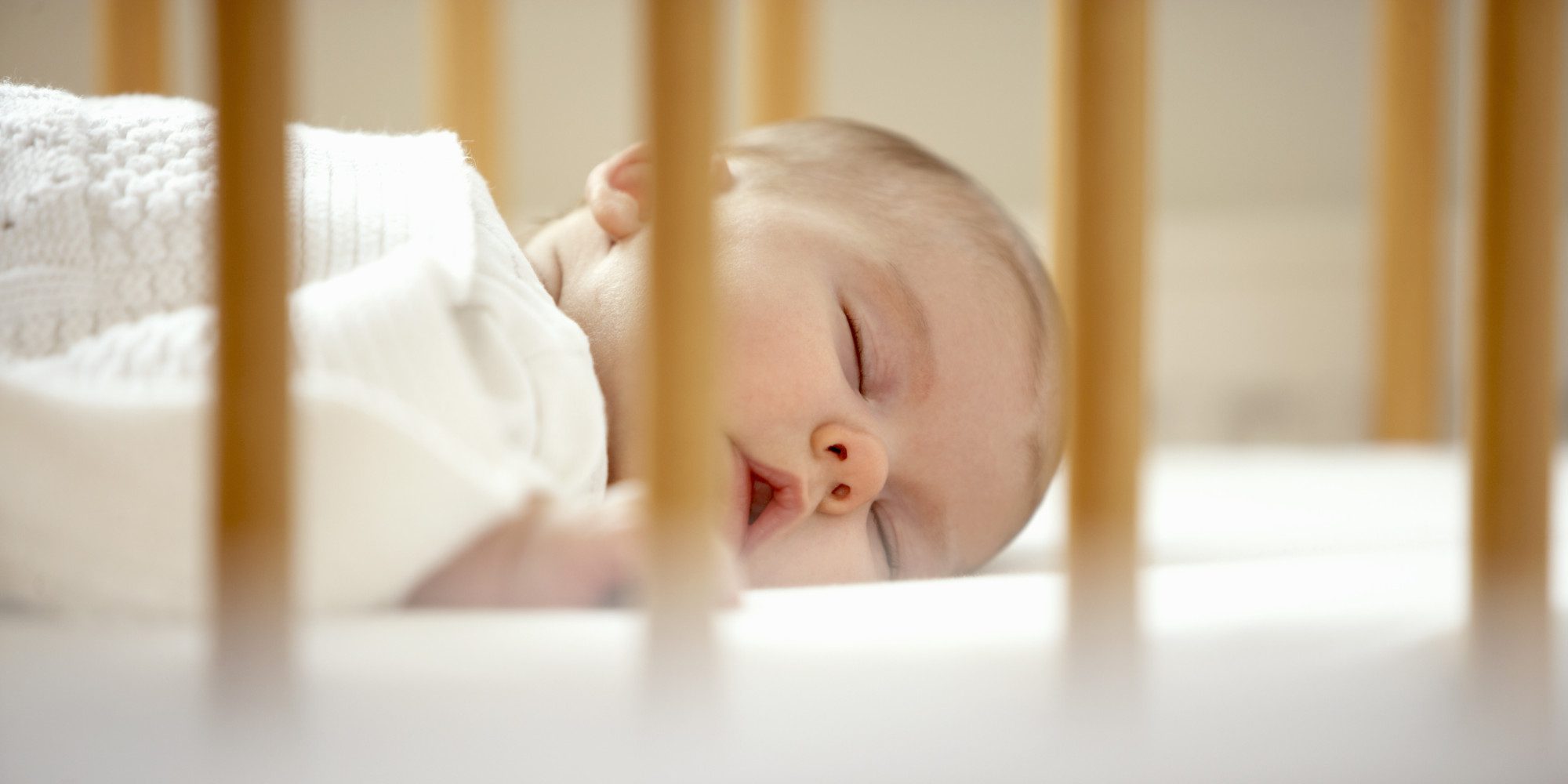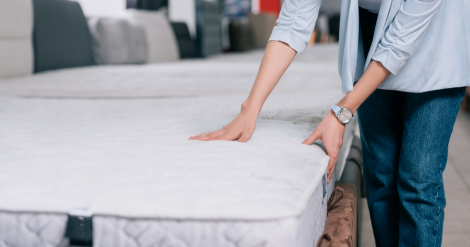No products in the cart.

A crib mattress is one of the most important investments parents make for their new baby. Not only does a properly designed mattress provide a comfortable place for your child to sleep, but it also provides crucial support for delicate, growing bones and joints.
Infant mattresses must be specially designed to prevent suffocation and reduce the risk of SIDS. An appropriate mattress is the first step to keeping your baby safe while sleeping.
So, how do you know you are picking the best crib mattress that will ensure your child’s safety?
The top crib mattress safety features to look for include:
- Size — Full-size crib mattresses must be at least 27 ¼ inches by 51 ⅝ inches. The width should never exceed 6 inches. If you can fit more than two fingers between the mattress and the crib, then the mattress is too small and could cause entrapment and suffocation. For a crib that is an unusual size, it may be necessary to buy a custom-size mattress.
- Firmness — Your baby’s mattress should be very firm. A mattress that conforms to your baby at all could become a hazard.
- Ventilation — Proper ventilation should allow airflow in and out of the mattress. Messes are bound to happen with babies and ventilation allows odors to escape.
Crib mattresses are available in a variety of types including foam and innerspring. Foam mattresses are typically more budget friendly and lightweight. The right density is extremely important to look for in a foam mattress and should be close to 1.5 pounds per cubic foot. Keep in mind that the more dense a mattress is, the heavier it is, and a too heavy mattress can cause difficulty when changing sheets. Another important aspect of foam mattresses is resilience. When pressing down and releasing the mattress, it should recover quickly, the faster the better. Innerspring mattresses are more expensive but do tend to be more durable. Number of coils, gauge of the wire, and number of turns per coil all contribute to the firmness of the mattress. Ideally spring mattresses should have at least 135 coils and a gauge of 15.5 or lower.
How much is a quality mattress going to cost you?
Foam mattresses start out at about $50, and the price can go up to $100 for higher quality foam. Spring mattresses are going to cost a minimum of $100 and can go up $250.
On top of choosing a proper mattress, here are a few more tips to keep your child safe during sleep:
- Do not bed-share. Your baby should sleep alone and never share a bed with anyone, including parents and siblings.
- Make sure your child’s mattress is bare. Bumper pads, pillows, and blankets can make even an otherwise safe mattress a dangerous place for a young child.
- Ensure that the crib is assembled correctly. Follow the directions and call the manufacturer if you are ever unsure.
- Place your baby on his or her back for sleeping, as this is the safest position. Even though some babies seem to prefer being on their stomachs, they should only be placed on their tummies for supervised play-time on a play mat on the floor.
Using an appropriate mattress and following proper crib mattress safety guidelines is the perfect combination to keep your child safe and sound while sleeping.
You might also be interested in:

-
/
Rest for Success: When to Bid Adieu to Your Old Mattress
Rest for Success: When to Bid Adieu to Your Old Mattress We spend about a third of our lives in bed, and the quality of our sleep directly impacts our overall well-being. One often overlooked factor in achieving a good night’s sleep is the condition of our mattress. As the years go by, our faithful […]
Read more
Unveiling the Truth: Busting Common Mattress Myths
Unveiling the Truth: Busting Common Mattress Myths A good night’s sleep is crucial for overall well-being, and the right mattress plays a pivotal role in achieving that. However, amidst the quest for the perfect mattress, numerous misconceptions have caused mattress shoppers confusion when searching for the right mattress. Our latest blog unravels the truth behind […]
Read more
-
/
How Medical Bed Mattresses Aid in Post-Surgery Recovery
How Medical Bed Mattresses Aid in Post-Surgery Recovery Surgery can be a daunting experience, regardless of its nature or severity. The period following a surgical procedure, known as post-surgery recovery, is crucial for achieving the best possible outcome. While factors like rest, nutrition and pain management are widely acknowledged as vital, the role that medical […]
Read more
-
/
Meeting Medical Mattress Quality Standards
Meeting Medical Mattress Quality Standards Medical mattresses are designed to meet specific quality standards to ensure patient safety, comfort and hygiene. These standards are established to address the unique needs of healthcare environments as well as the patients utilizing these mattresses. Some key quality standards for medical mattresses include: Infection Control Standards Water […]
Read more
